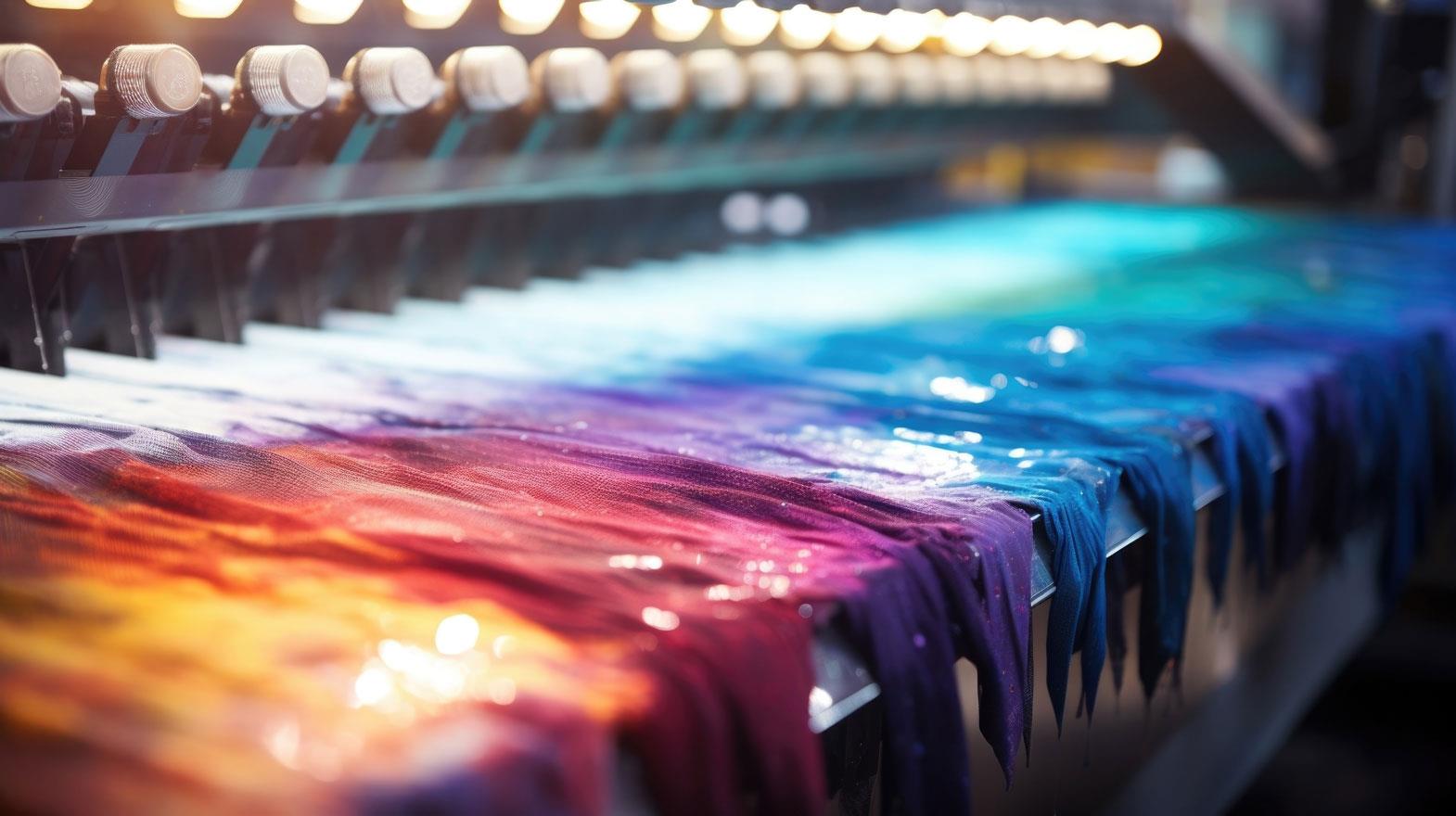The global textiles industry is working overtime toachieve a balance between economic development and environmental protection. Asconservation of water resources and the environment become key issues ofconcern in textile manufacturing, Fanny Vermandel writes about the need for the dyeing process tobecome sustainable.
Thefocus in research and development (R&D) is now more and more set on newsustainable products and processes which provide assurance that the recommendedproducts do comply with legal, voluntary and brand & retailer restrictedsubstance list (RSL) requirements.
Thisresult in new dyes which are, for instance, free of halogens and heavy metalsin new chemical structures with very high exhaust and fixation values. Thispermits best available technology (BAT) dyeing processes and textile productswhich are compliant with today's ecological and technical requirements. Byusing such ecologically-driven product innovations, customers can reduce theenvironmental impact of their production processes by saving chemicals, waterand energy.
Oneexample with the potential to become a game-changer in the industry issupercritical CO2 dyeing. This is a new technology for sustainable dyeingwithout water, and no effluents. The availability of water and relatedinput/output costs are forecast to become increasingly critical for manytextile-producing countries. Compared to standard aqueous dyeing methods, thesupercritical carbon dioxide process leads to strongly reduced water and energyconsumption and a shorter dyeing time. In the case of polyester, high dyefixation and good levelness can be achieved without disperse dye formulatingagents or dyeing auxiliaries. The carbon dioxide used in the process has theadvantage of being non-toxic compared, for example, to solvent dyeing methods,and can also be recycled to a very high degree.
Due tothese attractive green credentials, the process has been adopted by leadingretailers such as Nike and Adidas for key segments of their product ranges andpromotional activities. A number of bulk machinery installations are in regularoperation, DyeCoo being one leading manufacturer in this area. Currently, thetechnology is being established for package and beam dyeing, but it is expectedthat this will be developed further. There is also intensive research workongoing for its application to a wider range of substrates.
During the last five years, the digital printing market has developed significantly. Innovations in the digital printer and print head technology created new demands for inks and driven the transformation into an upscale industrial digital printing production. The growth of the digital textile printing application technology is another significant step towards a more sustainable textile printing production.
New inks must meet the new requirements of digital textile printing companies. They need tighter dropforming performance, longer open times, improved stress resistance, higher colour strength, improved robustness and, of course, reliable eco-performance and high fastness properties. In response to the new industry standards, DyStar launched Jettex 4.0 - high performing digital textile printing inks. Meanwhile, new ranges of ultraintense inks show print head life time enhancing performance and user-friendly open times for the print heads, with excellent robustness in processing. With a wide colour range of vivid, brilliant colours they are the perfect inks to create powerful fashion. All newly-launched black inks are passing current limits and meet the most stringent ecological and fastness requirements.
Thus far, none of the digital printing systems could fulfill the very high fastness requirements on inks in the home textiles segment. Some of these requirements include very high fastness to light (especially in pale shades), high fastness to multiple washing, and fastness to rubbing. DyStar has developed Jettex Vat, the first industrialised high performance vat inks on the market, based on Indanthren Vat dyes.
With improved resources, environmentally-compliant dyestuffs and a solid foundation of textile Industry expertise, Internet-based tools are developed for product selection and sustainable process optimisation. Moreover, pre-reduced indigo liquid allows a cleaner denim production and shows a massive positive impact on resource efficiency such as substantial reduction of the sodium hydrosulphite usage, much cleaner wastewater and less water usage. Also, fast and reliable online determination of the important dyeing bath parameters like indigo concentration, reducing agent concentration, pH value, red-ox potential, temperature and electrolyte concentration help to optimise the dyeing process and save valuable resources.
As things stand, the textiles industry works hard to achieve a balance between economic development and environmental protection. Conservation of water resources and the environment have become key issues of concern in textile manufacturing. For textile mills and dye houses seeking to avoid waste water pollution and reduce waste water, organisations like DyStar and LoopTEC have developed a reliable process.








Comments